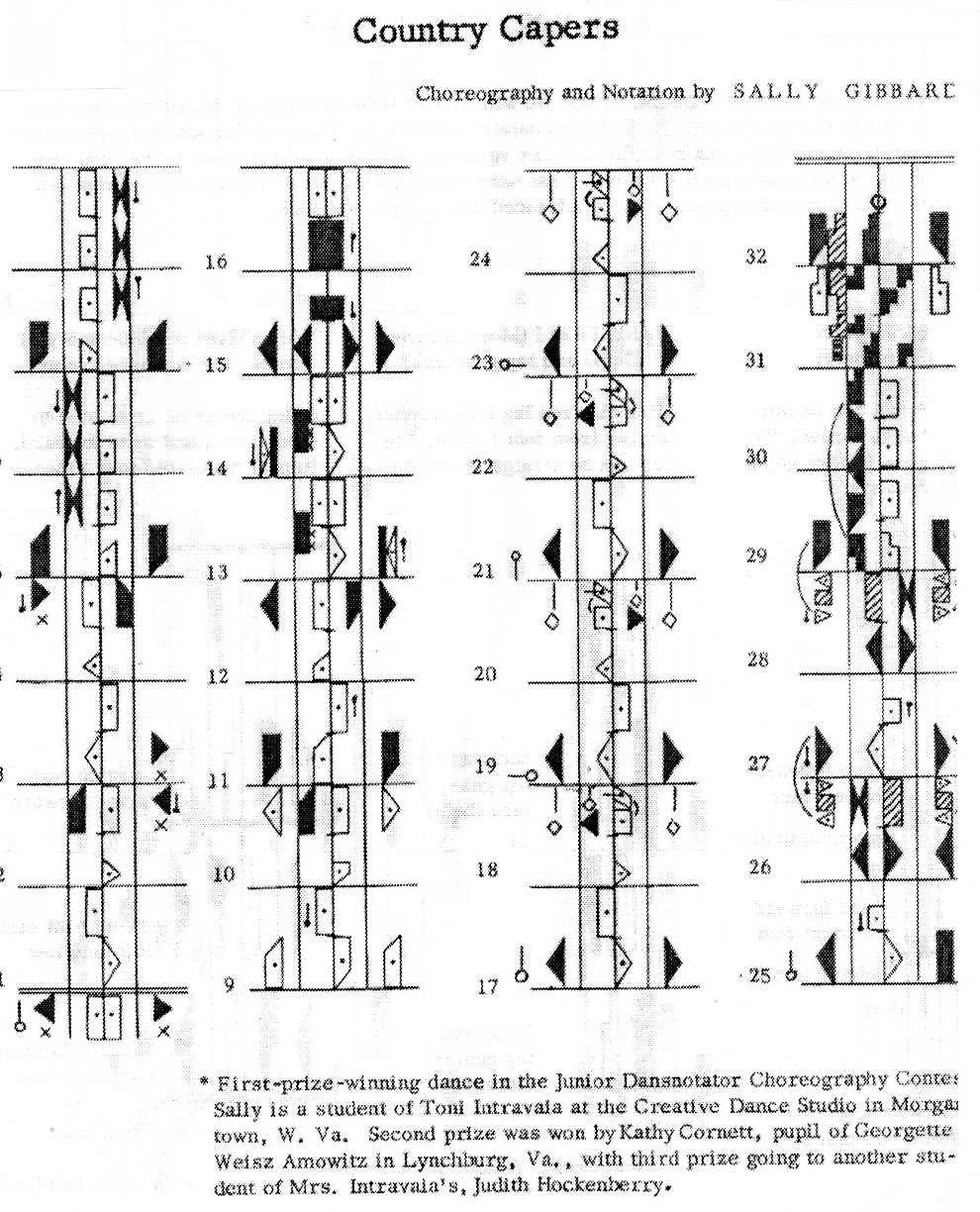|
My ninth-grade English teacher, Mrs. Swisher, immersed our whole class in diagramming sentences. She invited us to bring in long, intricate sentences—one from Darwin ran a page and a half—to diagram as a class, sometimes covering the two full chalkboards on the front and side walls of the classroom.
Lately it’s the short sentences that have me puzzled:
Who cares? Probably only those of us who learned to love grammar with teachers like Mrs. Swisher. If that's you, I’ll welcome your solutions as I continue to puzzle over this odd structure. When the isn’t a definite article—as it isn’t, in this construction—what part of speech is it? Given that the first and second phrases aren’t interchangeable, what’s their relationship? And how on earth do you diagram “The more, the merrier”?
19 Comments
Starting this month, some doctors are prescribing art museum visits for selected patients and their families or caregivers. By agreement with the Médecins francophones du Canada (MdFC, French-speaking physicians of Canada), the Montreal Museum of Fine Arts admits up to two adults and two children free of charge for one visit per prescription.
Clinical research confirms the medical value of art. According to the museum/MdFC press release, “The studies stipulate that the arts stimulate neuronal connectivity that supports psychological resilience; that they have a positive impact on attention and working memory; and that they promote relaxation, and richer, more complex neural activity.” Like music, dance, and poetry, paintings shift levels of vital hormones and neurotransmitters. Art museum visits can help against pain, high blood pressure, high cholesterol, heart conditions, mobility issues, and shortness of breath. Culture is right in there with exercise, sleep, and social interactions in promoting good health. As for whether your insurance will ever cover it, I won’t venture to predict. Another election has come and gone. With the return to divided government—more the norm than the exception in recent decades—we hear predictable calls for bipartisanship and working across the aisle. How might that work? These three terms are often confused:
Compromise is agreement reached through concessions on both sides. The word has negative connotations, not always deserved, depending on what’s conceded. Refusal to consider even minor concessions shifts a divided government from checks and balances toward gridlock. Meeting halfway can be foolish. The midpoint between poisoning all the nation’s schoolchildren and none is to poison half the children. Less dramatically, if my friend wants to meet for dinner and I’d rather meet for lunch, eating midway at three in the afternoon may irritate us both. Common ground involves human needs and concerns shared across party lines. In northern Israel, Jewish and Muslim women with a shared desire for healthy families and the means to support them cater meals for underprivileged children. While compromise is iffy and midpoints often fail, collaboration across difference can work when decision-makers value common ground more than making their rivals lose. Renaissance, square, contra, social, modern, international folk: I’ve done many kinds of dance over the years, none of them well. When I failed the audition for the modern dance honorary Junior Orchesis in high school, the judges said my choreography was creative and original but I didn’t point my toes on the leaps.
Composing dances was always fun. Even as a beginner, my response to any new step was, “Here is my variation.” Floor plans in choreography appealed to the same part of me as maps and house plans. My teacher, Toni Intravaia, was among the few dance instructors anywhere to teach children Labanotation, a system to record human movement on paper. That led to my implausible credential as a prize-winning choreographer with “Country Capers,” national winner of the Dance Notation Bureau’s Junior Dansnotator Choreography Contest. Today, handheld devices can record movement electronically, and digital technology lets me rediscover “County Capers” on my computer. Labanotation expert and Dance Notation Bureau co-founder Ann Hutchinson Guest turned 100 this past Saturday. Toni Intravaia died this past April at 95. I’m ever grateful for their encouragement of children’s creativity more than half a century ago, even if I never did learn to point my toes. |
AuthorI'm a historian who writes novels and literary nonfiction. My home base is Madison, Wisconsin. Archives
July 2024
|

 RSS Feed
RSS Feed